
ABS is a highly popular filament used almost as often as PLA plastic in FDM 3D printing. It is known for its excellent mechanical properties and durability, and it is often used to create functional prototypes that will be subjected to stress.
What does abs stand for in 3d printing? ABS definition is “acrylonitrile butadiene styrene”, a thermoplastic polymer used in many industries, including 3D printing. ABS plastic is produced in granules, which can then be used for injection molding or, in the case of 3D printing, for creating filament.
Why 3D Print with ABS?
Pros:
ABS plastic is known in 3d printing for its material properties: plastic has high strength, impact resistance, enhanced thermal resistance, and durability.
ABS parts typically start to deform only at 85-100 degrees Celsius. This means ABS parts can maintain their shape and functionality at temperatures up to this limit, which can be crucial for the automotive industry.
It also has good layer adhesion, preventing parts from delaminating.
ABS plastic is excellent for post-processing. It can withstand various mechanical and chemical treatments, allowing for the refinement of printed parts to achieve smooth, injection mold-like finishes.
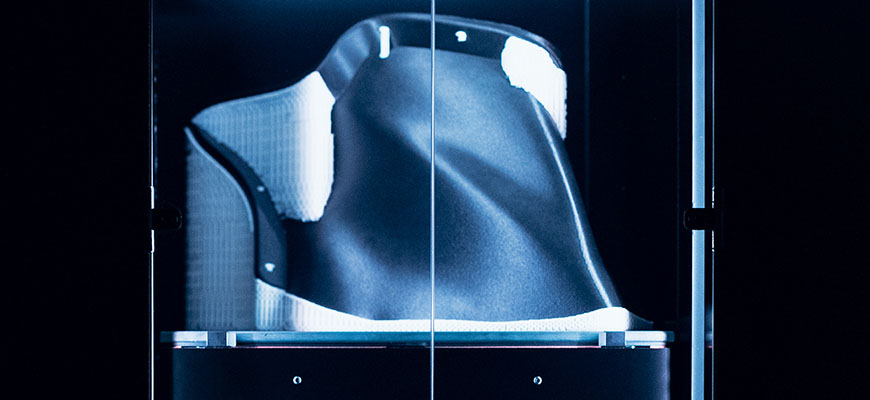
Cons:
The drawbacks of this plastic are primarily related to its printability. The most common problem is 3D print ABS warping. ABS filament tends to deform during cooling, leading to curling and lift from the print bed.
Additionally, ABS plastic releases harmful fumes when heated. It is not recommended to use it in closed spaces without good ventilation, and it should not be printed on open 3D printers.
Another factor is the difficulty of first-layer adhesion. Sometimes, it can be challenging to get this plastic to stick to the build plate and stay adhered throughout the print. Special surfaces and adhesives may be required.
Despite its durability, this plastic has a weak point in its operational characteristics. ABS is susceptible to degradation under UV light, making it unsuitable for outdoor applications.
Most issues with ABS plastic in 3D printing arise from the difficulty of printing high-quality parts. These problems can be addressed through various features. Using all-metal hotends provides the necessary temperature for ABS printing, while heated glass beds solve adhesion problems, and actively heated chambers prevent 3D print ABS warping, allowing for the printing of thin walls and even very large parts without fear of deformation and distortion.
In Epitum 3D printers, these issues have already been solved. All 3D printers in the range are specifically designed for working with engineering materials and are equipped with everything necessary for stable printing without compromises.
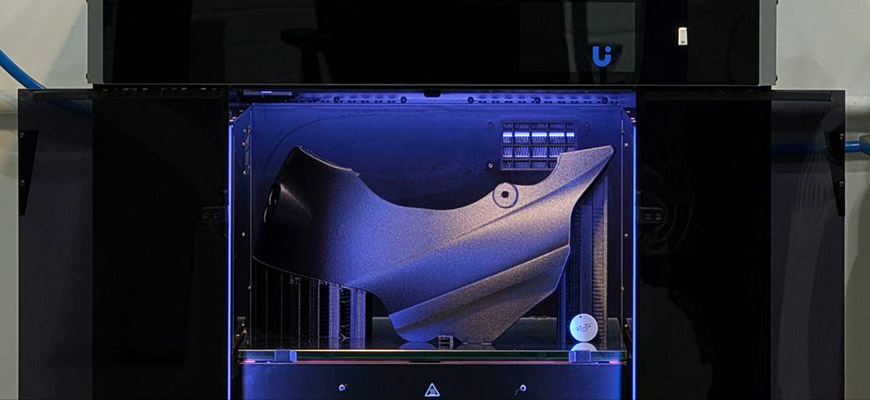
ABS 3D Printing Material Properties and Types
Standard ABS: Pure ABS plastic. It is relatively cheap and practical, making it popular. It is suitable for most standard applications, such as creating prototypes, housing parts, and functional models.
Composites:Composite materials are more resistant to mechanical stress. They can withstand higher temperatures. The downside is that, on average, a spool of composite material costs two to three times more than classic ABS.
ABS CF: ABS with added carbon fiber. This is the most popular composite material based on ABS, which represents regular ABS and is additionally reinforced with carbon fiber. The carbon fiber gives the material enhanced mechanical properties, making it more robust in bending and slightly lighter. Parts made from it have a pleasant matte surface.
ABS GF: ABS with added glass fiber. Another composite similar to ABS CF. It has increased tensile strength and is resistant to deformation.
There are also several less popular varieties of ABS: antistatic ABS, which contains additives to reduce static electricity buildup; ABS with additives for faster degradation for projects where reducing environmental impact is important; non-flammable ABS, and others.
In general, there are many types of ABS with additives, each needed for specific applications. Composite materials and classic ABS without additives are most often used.
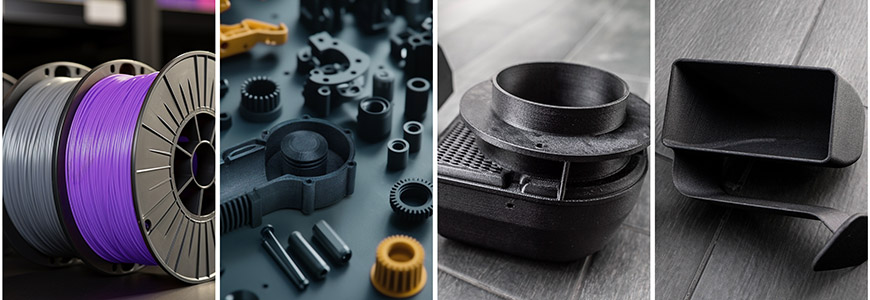
ABS 3D Printing Applications
Prototyping and Functional Parts:
ABS plastic is the perfect choice for prototyping. It is the primary and cheapest engineering material with which professional 3D printing begins.
It is perfect for quickly creating prototypes due to its mechanical characteristics. It can be easily sanded, drilled, and painted, creating ideal functional prototypes.
Composite variations are often used to create prototypes requiring increased stiffness and strength. These materials allow testing models in conditions close to real operational ones, significantly expanding the prototype's value for business.
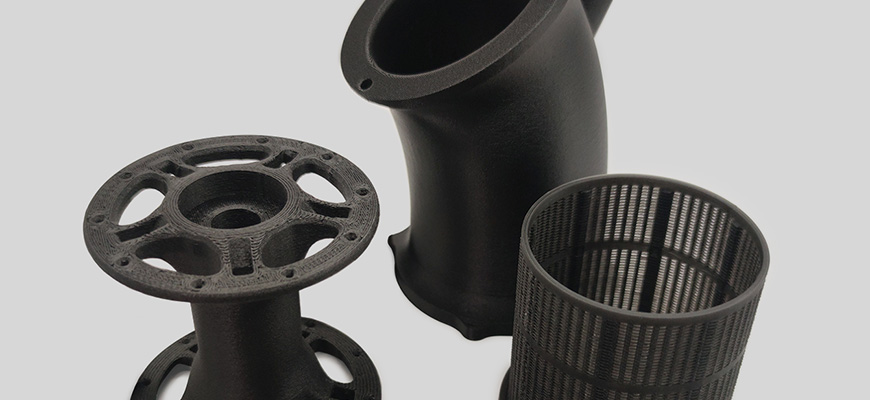
Automotive:
It is widely used for producing internal and external automotive parts, including panels, handles, covers, and protective housings.
Composites are used to create parts that will be directly used under the car's hood or as part of the car's body kit, achievable thanks to enhanced mechanical characteristics and post-processing capabilities like polishing, painting, and sanding.
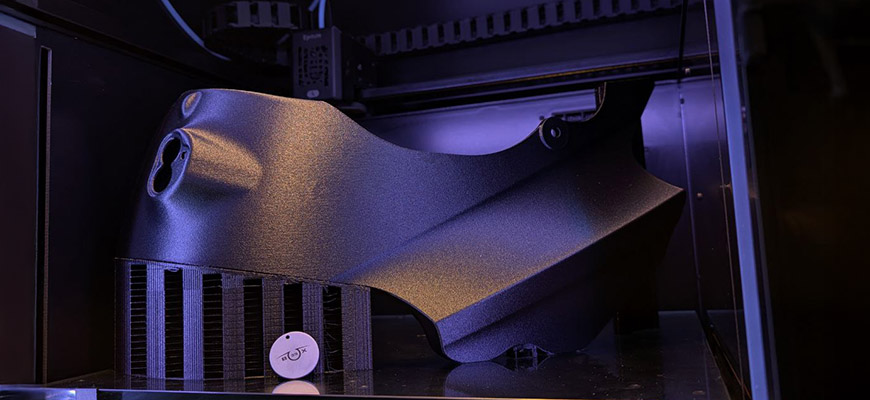
Electronics Housings and Prototypes:
They are used for creating housings and protective elements for electronic devices, including computers, printers, household appliances, and various gadgets where parts will not be subjected to heavy loads. It allows for the creation of prototypes of electronic housings and their serial production.
Composites additionally enable the creation of housings that will be subjected to stress. This is used in the production of drones, laptops, and other equipment.
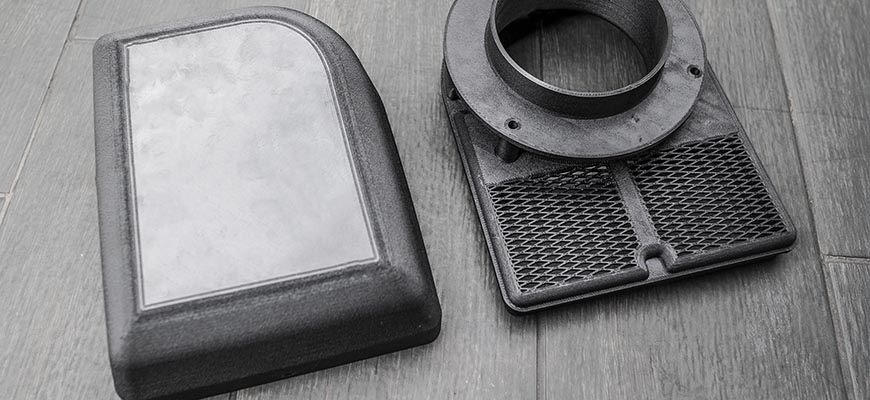
Tooling:
It allows the creation of convenient and functional tools for specific tasks without being limited to what is available on the market. This can significantly enhance production capabilities. These tools can be handles, fasteners, and other elements.
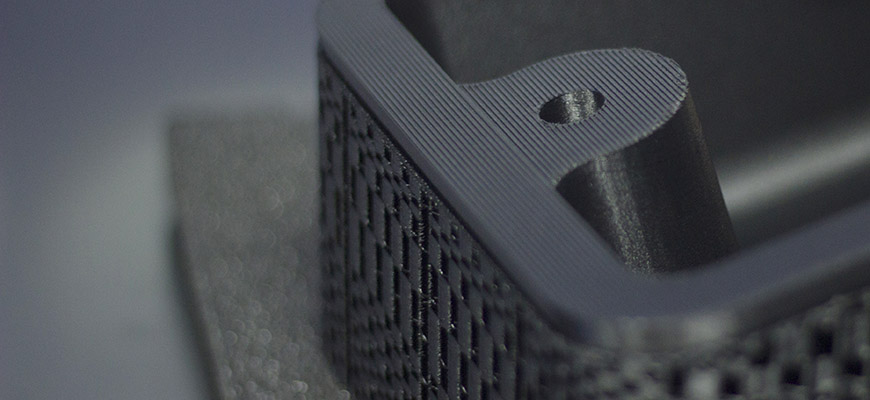
Medical Equipment:
3D printing has significantly transformed the medical industry, and the use of ABS plastic makes its application practical. This filament is excellent for creating housings and protective elements for medical equipment and prosthetic parts. Examples include preoperative planning, housings for monitors, inhalers, various diagnostic tools, prosthetics, and orthotics.
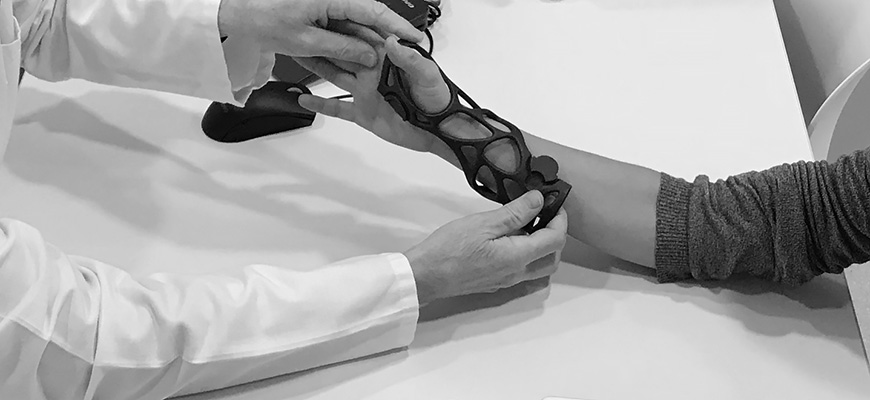
Tips for 3D Printing with ABS
Filament Selection:
Always choose high-quality filament from well-known manufacturers suitable for your 3D printer. Additionally, determine your task: select a composite if you need to print a part that will be subjected to significant stress. If the part will not be heavily loaded, you can save money by using the basic ABS variant.
In the Epitum material profile base, you can find pre-configured settings for printing with both standard ABS and composite materials. You can also easily create your own settings in the Printformer slicer, which can be downloaded from the Epitum website for free.
Temperature for ABS 3D printing:
For printing large or thin-walled ABS parts, use a printer with an actively heated chamber (70-90°C) to minimize shrinkage. If your 3D printer has a passive chamber, limit yourself to printing small parts.
Also, avoid drafts and printing on 3D printers without a closed chamber, as this can lead to deformations and the release of many toxic fumes into your workspace.
Adhesion:
Use special glue and set the 3D printer's bed temperature to around 100°C. This will help prevent the first layers of your part from peeling off.
Drying:
If you suspect your ABS plastic has absorbed moisture, dry it at a low temperature (around 70-80°C) for several hours. This will help remove moisture and improve print quality.
Post-Processing ABS:
ABS is excellent for post-processing and should be used if the part's appearance is essential, such as when making a model.
First, sand your model. Use sandpaper of varying grits, starting with coarse and then moving to finer grits. Additionally, you can polish it with a special cloth or a polishing machine.
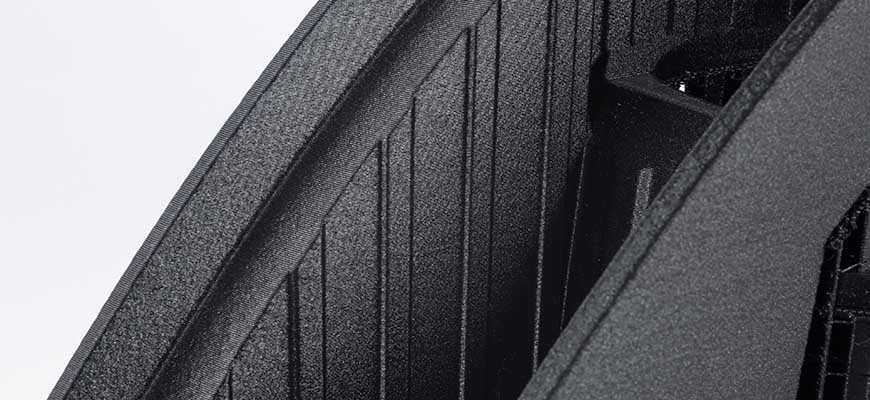
Chemical treatment can also be used. Acetone smoothing is used to create a smooth and glossy surface.
There are two main methods:
- Vapor smoothing: Place the part in a sealed container with a small amount of acetone at the bottom. Leave the container for several hours or until the part's surface becomes smooth. It is crucial to monitor the process to avoid excessive smoothing.
- Dipping: Briefly dip the part in acetone (for a few seconds), then let it dry. This method requires caution to avoid damaging the details.
If you need to glue ABS parts, use cyanoacrylate glue or acetone, which will dissolve the surface, allowing you to weld two ABS parts together.
Do not use acetone if precise part dimensions are important.
After all mechanical operations, you can proceed to painting. Before painting, use a primer to increase adhesion with the paint and further smooth the part. Use acrylic or spray paints that adhere well to ABS. Apply the paint in several thin layers to avoid drips and ensure an even coating.
ABS plastic in 3D printing is popular for its strength, impact resistance, and thermal stability. It is used in various industries for functional prototypes and parts. Composite variants like ABS CF and ABS GF offer enhanced mechanical properties.
ABS plastic has become a fundamental engineering material, indispensable for design offices, 3D printing studios, and businesses. It addresses challenges that PLA cannot, significantly speeding up business processes and increasing profitability.





